In today’s busy world, noise pollution can be a constant nuisance, especially for those living in urban areas or in homes near busy streets. Excessive noise can increase stress levels, affect sleep quality, and reduce productivity. While most people turn to soundproofing materials like curtains, carpets, or acoustic panels to mitigate noise, there’s a natural and aesthetic solution you might not have considered: indoor plants.
Indoor plants are not only great for improving air quality and beautifying your living space, but they can also help absorb and reduce noise. Using plants to dampen noise is an eco-friendly, low-maintenance way to make your home quieter and more peaceful. In this article, we’ll explore how indoor plants can reduce noise pollution and share the best plants to use for this purpose.
Also Read- The Language Of Plants: How Your Indoor Plants Communicate With You
How Indoor Plants Help Reduce Noise Pollution

Plants act as natural sound barriers by absorbing sound waves, particularly higher frequencies. The way indoor plants reduce noise is multifaceted, involving different parts of the plant:
- Leaves and Stems: The surface area of a plant’s leaves and stems absorbs sound energy, preventing it from bouncing around and amplifying in the room.
- Soil: The soil in potted plants can also help trap sound, especially when placed in the right spot.
- Branches and Bark: If you’re using larger plants or indoor trees, the rough surface of the branches and bark further helps diffuse sound.
- Plant Arrangement: When plants are grouped together, they can form a more effective barrier against noise by creating a mass that disrupts sound waves.
The placement and type of plants used are crucial factors in how well they reduce noise. Let's look at some of the best plants and tips for using them to reduce noise pollution.
Best Indoor Plants for Reducing Noise Pollution
1. Rubber Plant (Ficus elastica)
The Rubber Plant is a popular indoor plant that has large, thick leaves perfect for absorbing sound. Its broad surface area helps to capture sound waves, making it one of the best plants for reducing noise indoors.
- Light Requirements: Prefers bright, indirect light.
- Watering: Keep the soil slightly moist, but be careful not to overwater.
2. Peace Lily (Spathiphyllum)
Peace Lilies are well-known for their air-purifying qualities, but they also serve as excellent noise absorbers. Their large, glossy leaves help to trap and absorb sound, reducing noise levels in your home. Peace Lilies are also easy to care for, making them a popular choice for plant enthusiasts.
- Light Requirements: Thrives in low to moderate light conditions.
- Watering: Water regularly, but allow the top inch of soil to dry out between waterings.
3. Snake Plant (Sansevieria trifasciata)
The Snake Plant is another great option for reducing noise pollution. Its tall, upright leaves create a dense barrier that helps to block sound. The unique shape and structure of the leaves make it highly effective at absorbing high-frequency noise.
- Light Requirements: Can thrive in low light but prefers indirect sunlight.
- Watering: Water sparingly, as this plant prefers dry conditions.
4. Boston Fern (Nephrolepis exaltata)
Boston Ferns are well-known for their lush, feathery fronds that can absorb and reduce noise. Their dense foliage helps create a soft, noise-dampening layer in your home. In addition to being a great noise reducer, Boston Ferns are excellent for improving humidity in dry indoor spaces.
- Light Requirements: Prefers bright, indirect light.
- Watering: Keep the soil consistently moist, and mist the leaves regularly to increase humidity.
5. Areca Palm (Dypsis lutescens)
The Areca Palm is a larger indoor plant that not only adds a tropical feel to your home but also helps to diffuse sound. Its tall, arching fronds create a natural barrier that can block and absorb sound waves. This makes the Areca Palm ideal for living rooms or open spaces where noise can easily travel.
- Light Requirements: Bright, indirect sunlight is best.
- Watering: Water when the top inch of soil is dry, ensuring proper drainage to prevent root rot.
6. Rubber Tree (Ficus robusta)
The Rubber Tree is another excellent indoor plant for reducing noise pollution. It has thick, rubbery leaves that absorb sound effectively. Rubber Trees are also relatively low-maintenance and can grow into a large statement plant in your home.
- Light Requirements: Prefers bright, indirect light but can tolerate low light.
- Watering: Water when the soil feels dry to the touch.
Tips for Using Indoor Plants to Reduce Noise

1. Place Plants Strategically
To maximize the noise-reducing effects of indoor plants, placement is key. Position plants near windows, doors, or other sources of outside noise, such as busy streets or hallways. You can also place them near walls where sound tends to bounce and amplify.
2. Group Plants Together
Grouping plants together creates a more effective barrier against noise. A collection of plants with varying leaf sizes, heights, and densities will work together to absorb and scatter sound waves. This is particularly useful in larger rooms where sound can travel more easily.
3. Use Larger Plants for Greater Impact
Larger plants or indoor trees tend to be more effective at reducing noise due to their size and the density of their leaves and branches. If space allows, consider adding a few large plants like the Areca Palm or Rubber Tree to help block sound more effectively.
4. Combine Plants with Other Noise-Reducing Elements
To enhance the noise-reducing effects of plants, you can combine them with other sound-dampening materials like curtains, rugs, or acoustic panels. This creates a layered approach to soundproofing, providing better overall results.
5. Arrange Plants in Open Spaces
Open spaces, such as large living rooms or offices, tend to have more sound reverberation. By placing plants in these areas, you can help break up sound waves and reduce echoing. For optimal results, arrange the plants in corners, along walls, or in the center of the room.
Additional Benefits of Using Indoor Plants to Reduce Noise Pollution

In addition to reducing noise, indoor plants offer numerous other benefits that can improve your home’s environment:
- Air Purification: Many plants, such as the Peace Lily and Snake Plant, help remove toxins from the air, improving indoor air quality.
- Increased Humidity: Plants like the Boston Fern naturally release moisture into the air, helping to balance indoor humidity levels.
- Stress Reduction: Studies show that indoor plants can reduce stress, improve mood, and boost overall well-being.
Also Read- How To Use Indoor Plants For Natural Air Freshening: Fresh Scents Without Chemicals
Conclusion
Using indoor plants to reduce noise pollution is an effective, eco-friendly way to create a quieter and more peaceful home environment. Plants like the Rubber Plant, Peace Lily, Snake Plant, and Areca Palm are excellent choices for absorbing sound, and when strategically placed, they can make a noticeable difference in noise levels.
Incorporating plants into your home not only reduces noise but also brings a host of other benefits, including improved air quality, increased humidity, and enhanced visual appeal. By following the tips in this article, you can transform your living space into a tranquil, noise-free oasis.


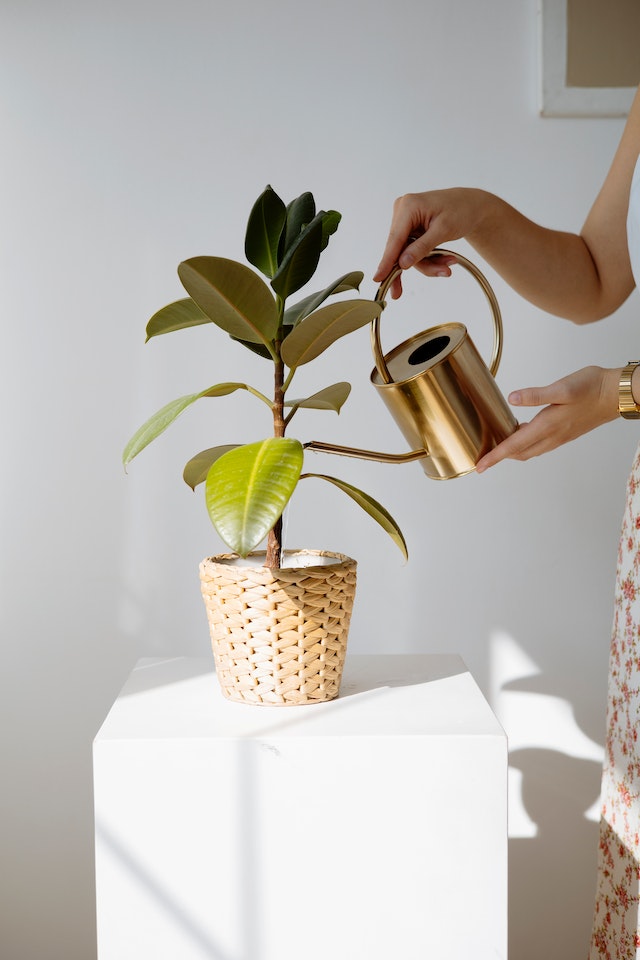

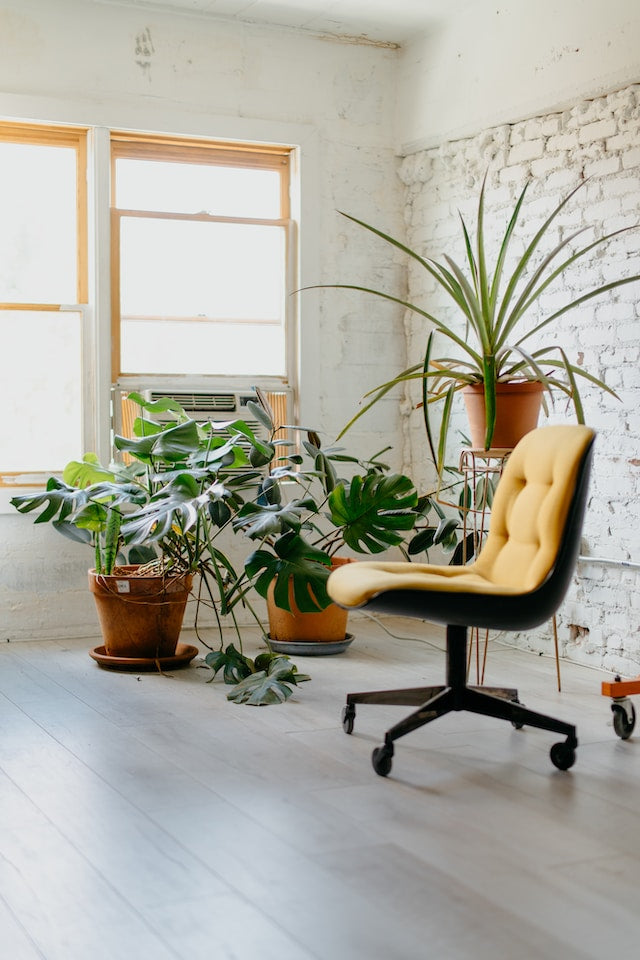
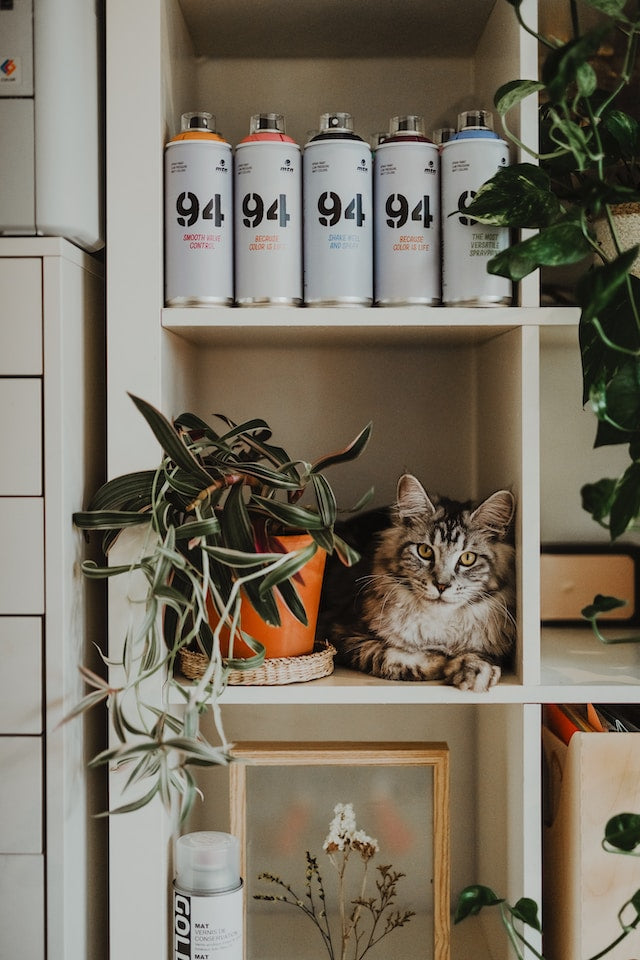
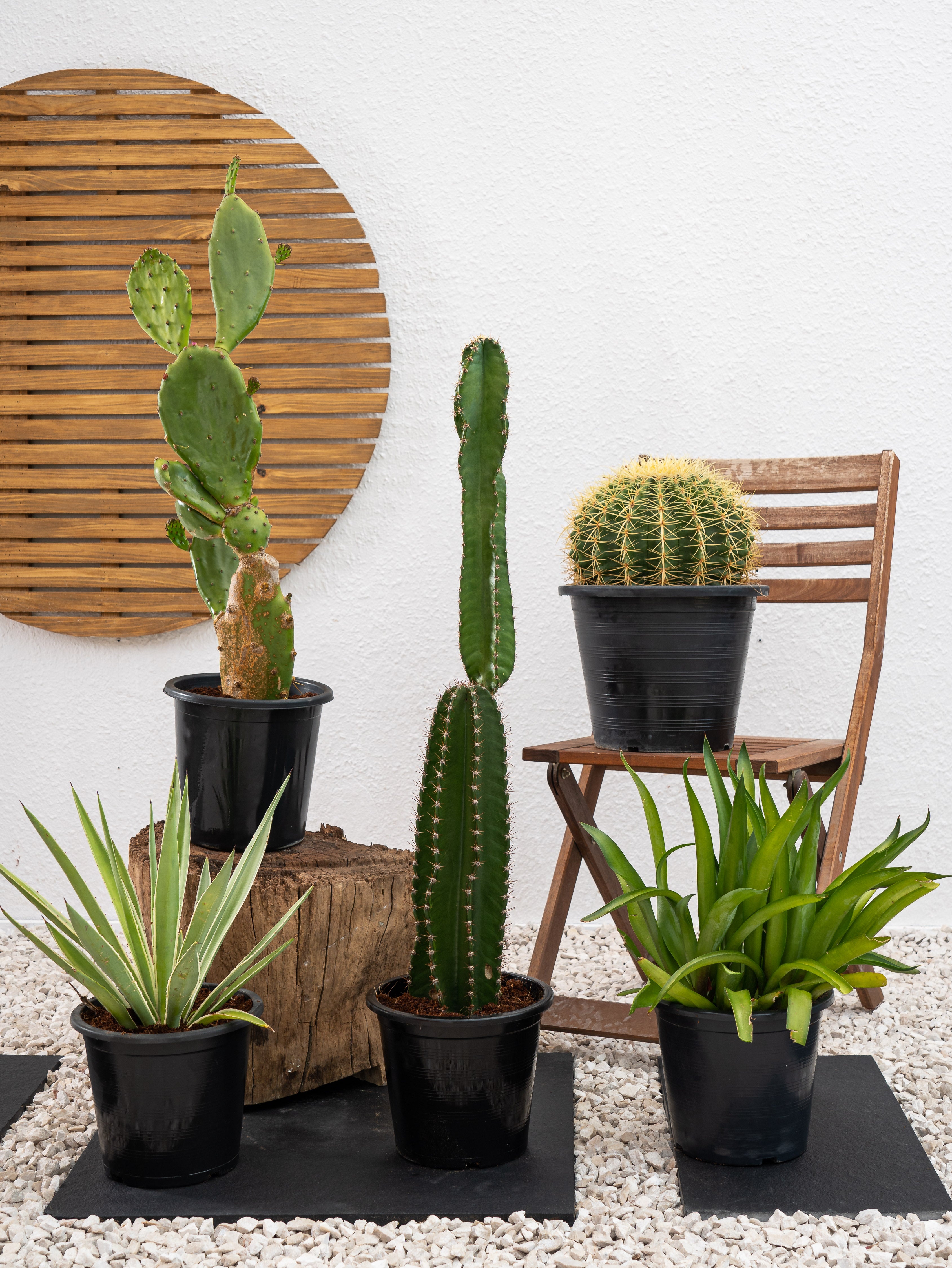
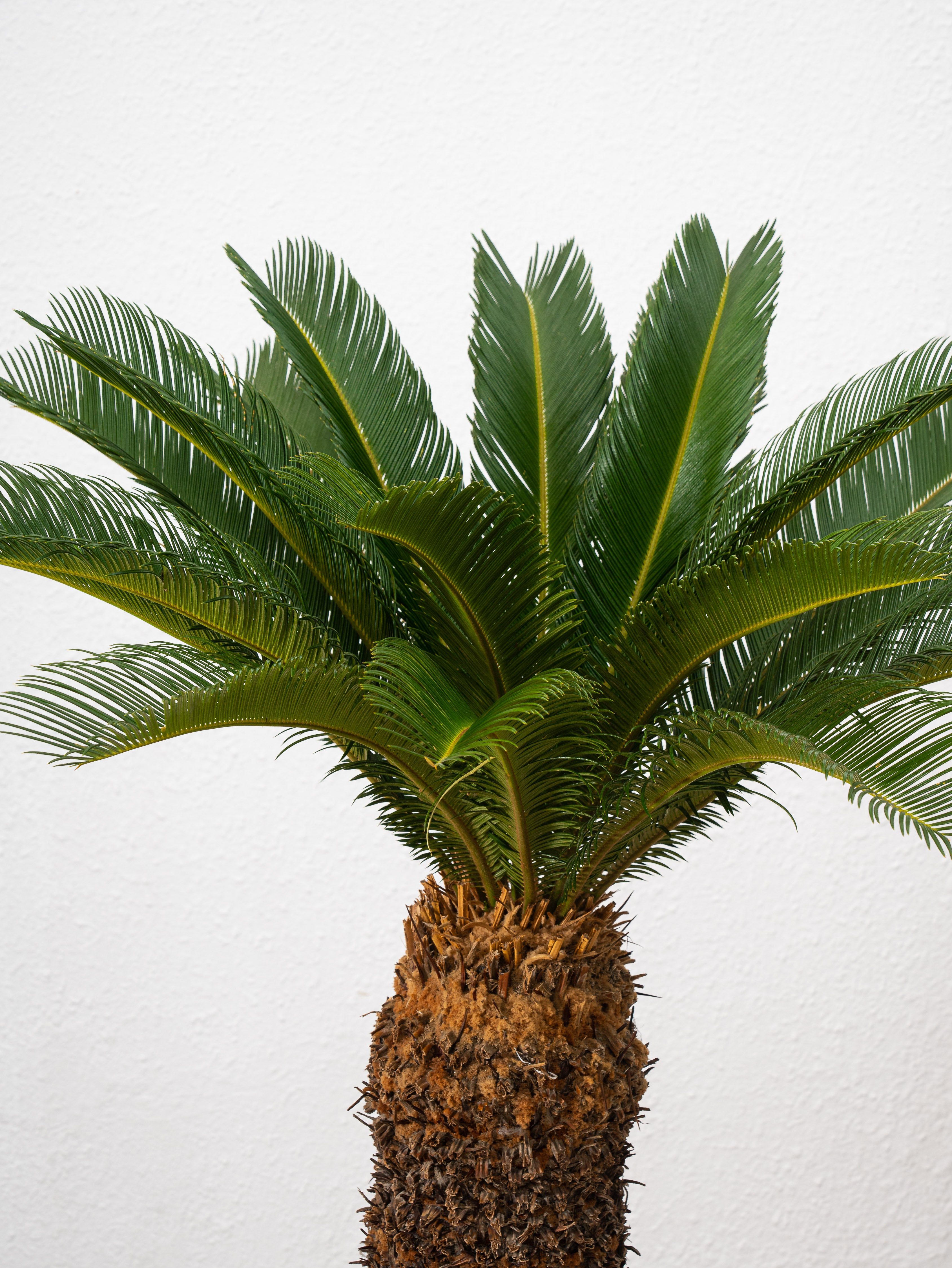
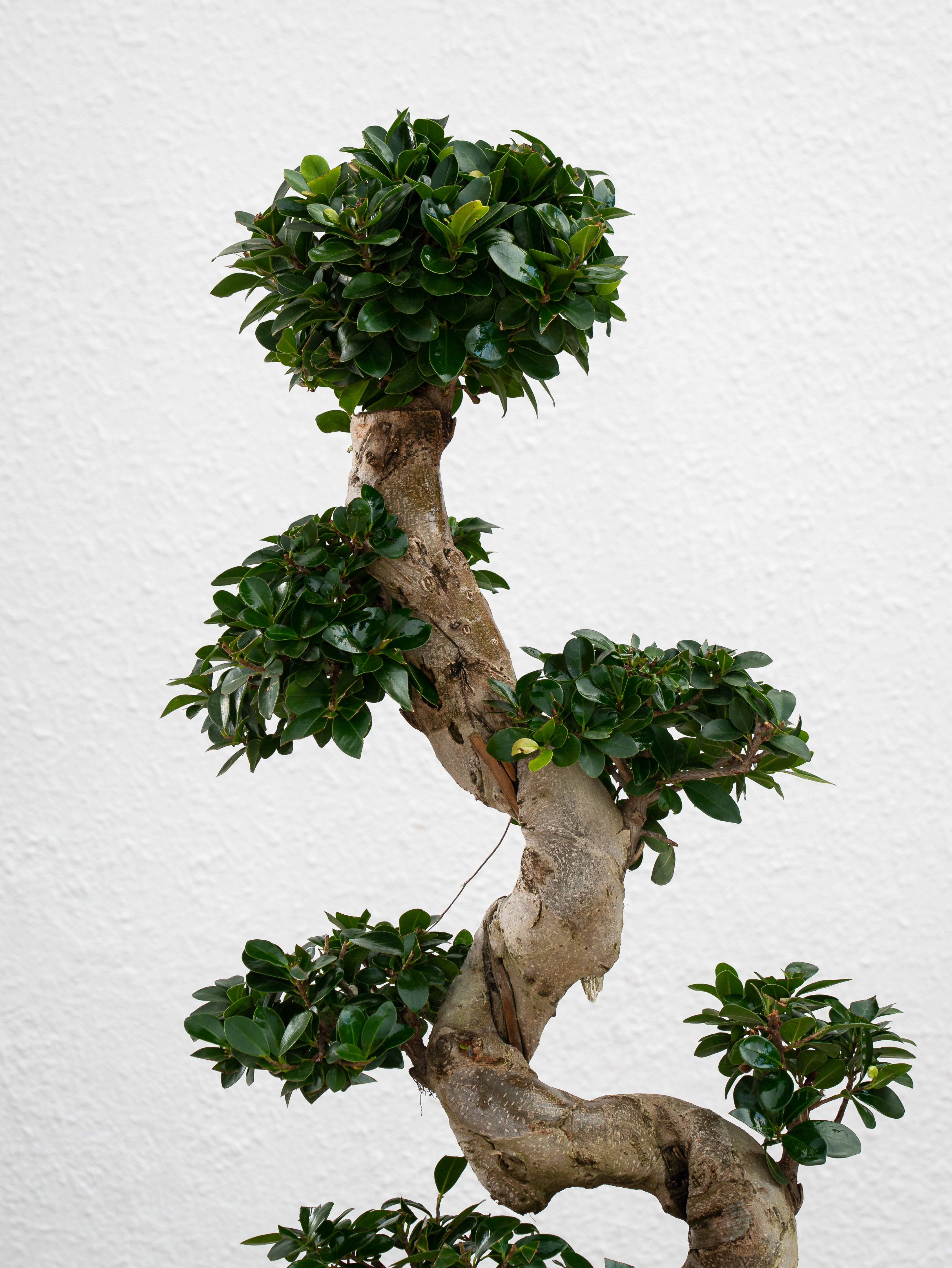
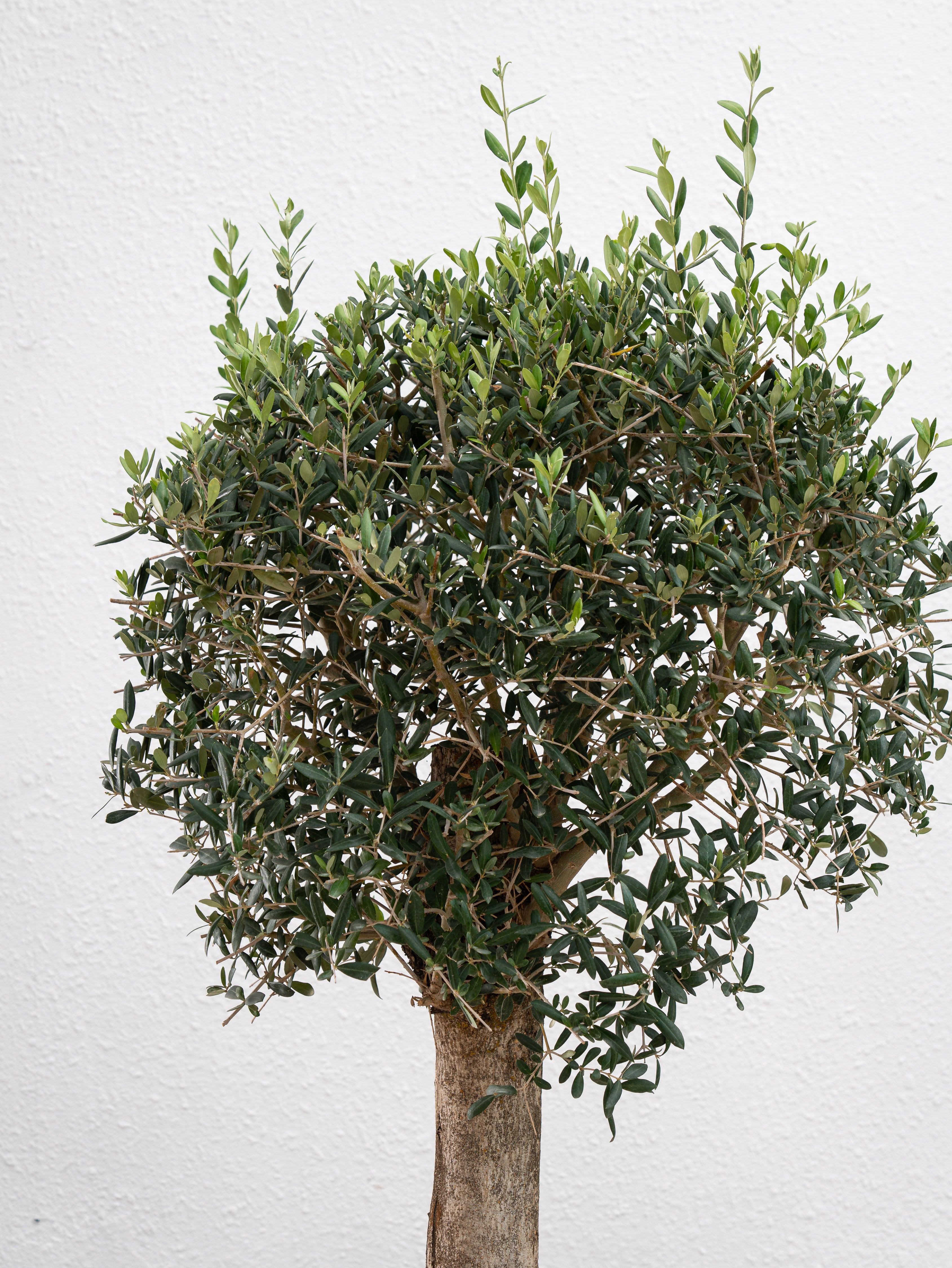

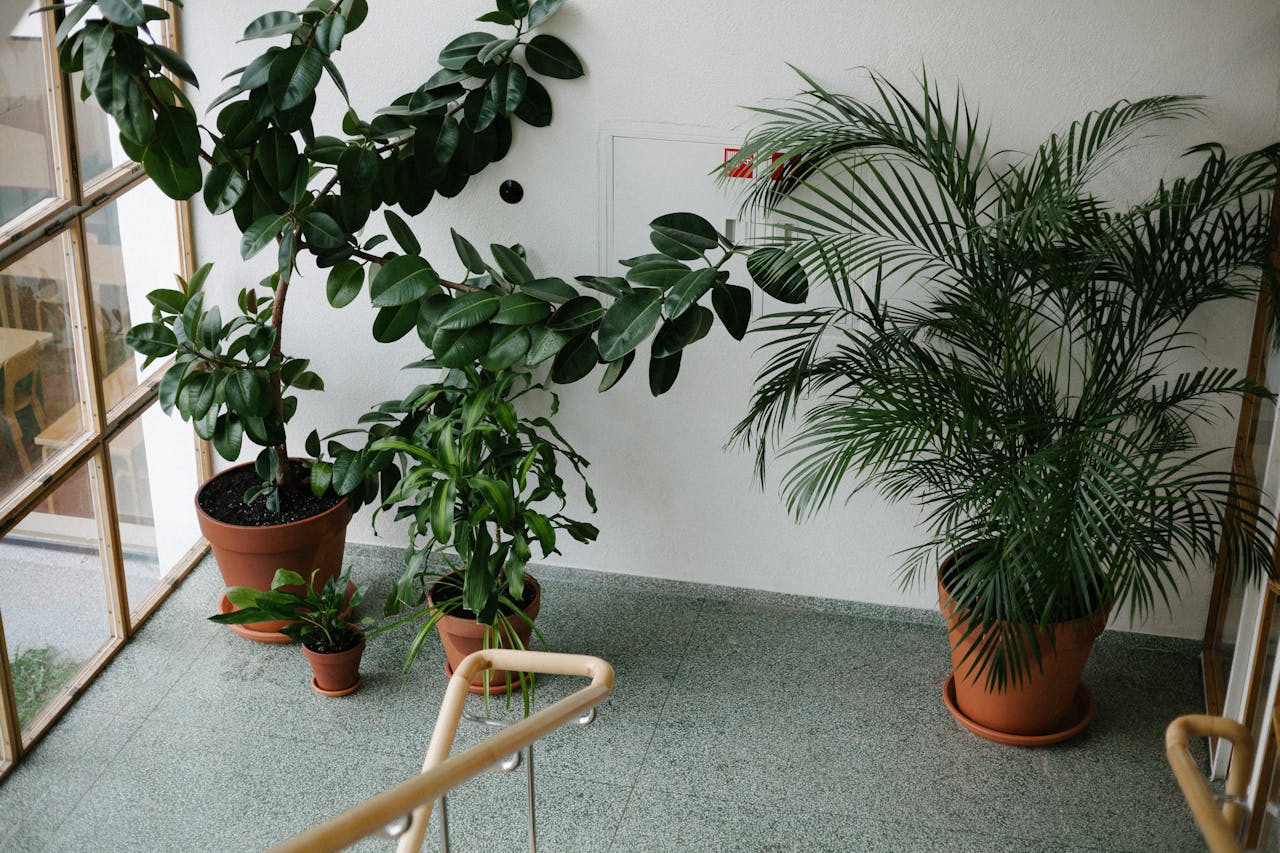

Leave a comment
This site is protected by hCaptcha and the hCaptcha Privacy Policy and Terms of Service apply.